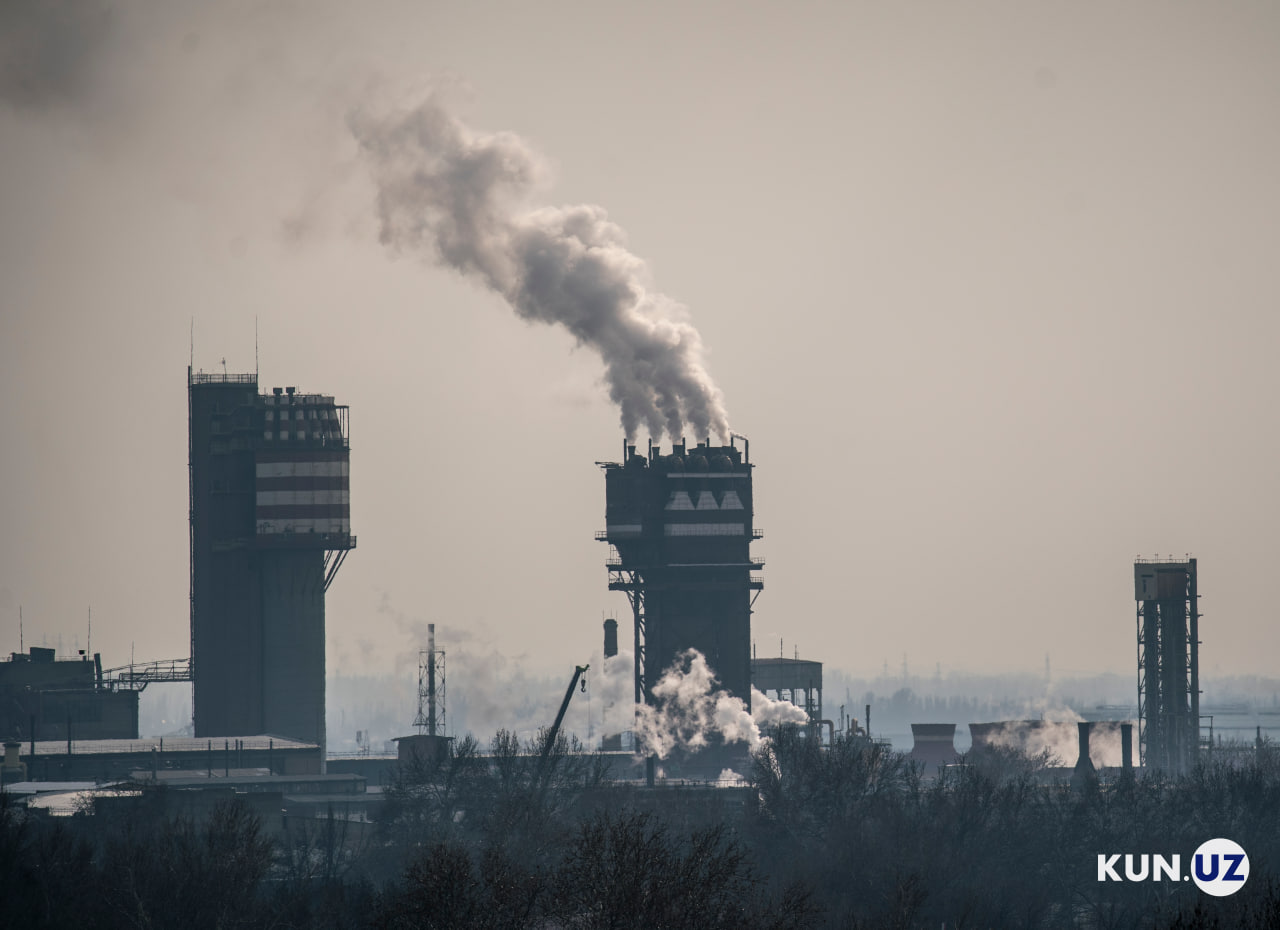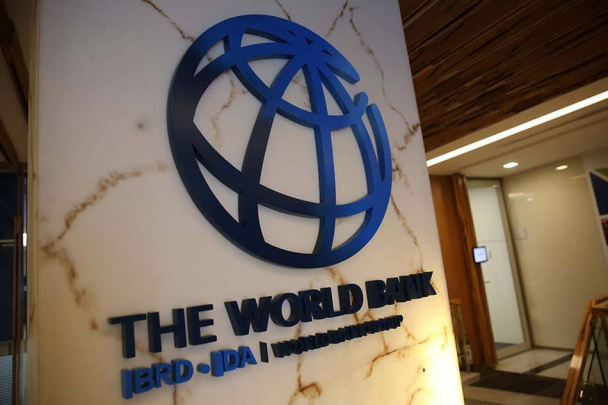World Bank report: 83% of Tashkent residents live in high air pollution zones
A staggering 83% of Tashkent's population resides in areas where air pollution exceeds safe levels by six times, according to a recent report released by the World Bank in collaboration with Uzbekistan's Ministry of Ecology, Environmental Protection, and Climate Change. The report, titled "Air Quality Assessment for Tashkent and the Roadmap for Air Quality Management Improvement in Uzbekistan," outlines the critical air quality challenges facing the capital.

Photo: KUN.UZ
The study indicates that the annual average concentration of PM2.5 particles in Tashkent's air reaches 38.8 µg/m³, significantly surpassing the World Health Organization's recommended level of 5 µg/m³. This level of pollution is associated with approximately 3,000 premature deaths each year, primarily due to strokes, ischemic heart disease, and lower respiratory infections. The economic burden of air pollution in Tashkent is estimated at $488.4 million annually, accounting for about 0.7% of Uzbekistan's GDP.
Monitoring data from three reference automatic stations in Tashkent—two managed by the Uzbekistan Hydrometeorological Center and one by the U.S. Embassy—reveals that PM2.5 levels peak in the evenings (after 8 PM) and mornings (8 AM to 10 AM). This pattern may correlate with residential heating activities and morning traffic congestion.
Alarmingly, only 39% of Tashkent's area meets the first interim target set by the World Health Organization for PM2.5 concentration, yet this area is home to just 17% of the city's population. Consequently, the majority—83%—of Tashkent residents live in zones with elevated air pollution, facing significant health risks.
The primary sources of air pollution in Tashkent include:
- Residential and Commercial Heating: Contributing 28% of annual PM2.5 emissions, predominantly during winter months (up to 45%).
- Transportation: Responsible for about 12% of emissions in winter and 25% during late summer and early autumn.
- Industry: Heavy and light industrial activities account for a stable 12-13% of emissions throughout the year, peaking at 17% in winter due to increased pressure on thermal power plants.
- Urban Dust: Resulting from construction and road dust, this source significantly impacts PM2.5 levels during summer and early autumn, sometimes contributing over half of the city's airborne pollutants.
The report also outlines a comprehensive roadmap for improving air quality management in Uzbekistan, including recommendations for updating air quality standards, revising regulatory frameworks, developing a national air quality management strategy, and establishing a coordination mechanism.
Additionally, the proposed government policies aim to enhance air quality across various sectors, including industry, transportation, and heating, as well as measures to reduce wind-blown dust. Experts suggest that emissions from the heating sector could be reduced by:
- Improving the quality of fuels and the efficiency of heating appliances.
- Implementing energy efficiency measures for buildings.
- Transitioning to more environmentally friendly heating sources.
Furthermore, financial support is recommended for households to invest in energy-efficient and environmentally friendly heating solutions.
Recommended
List of streets and intersections being repaired in Tashkent published
SOCIETY | 19:12 / 16.05.2024
Uzbekistan's flag flies high on Oceania's tallest volcano
SOCIETY | 17:54 / 15.05.2024
New tariffs to be introduced in Tashkent public transport
SOCIETY | 14:55 / 05.05.2023
Onix and Tracker cars withdrawn from sale
BUSINESS | 10:20 / 05.05.2023
Latest news
-
Russian lawmakers propose higher charges for migrant work permits
SOCIETY | 18:50 / 15.07.2025
-
Second season of “Open Budget” program kicks off
SOCIETY | 18:49 / 15.07.2025
-
Etihad Airways to launch flights to Uzbekistan
SOCIETY | 18:47 / 15.07.2025
-
Uzbekistan’s mental health index falls below global average
POLITICS | 16:03 / 15.07.2025
Related News

17:16 / 02.07.2025
World Bank: Uzbekistan needs more exports, less state control to sustain growth

13:03 / 25.06.2025
World Bank provides $150M loan for Uzbekistan’s small hydropower expansion

20:13 / 12.06.2025
World Bank raises Uzbekistan’s 2025 growth outlook amid regional slowdown

15:10 / 21.05.2025



